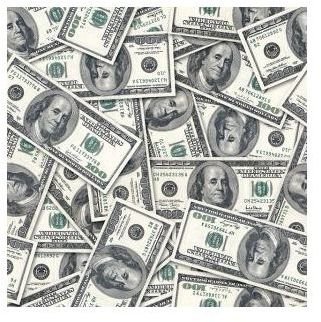compare and contrast current and non current assets
Overview
An asset, in a business context, is a material or non-material resource that is owned by a company and utilized for profit generating and/or service provision activities. There are two main types of assets: current assets and non-current assets. To accurately compare and contrast current and non current assets, it is important to understand what they are and value-added contribution to a business.
Current assets (short term assets) and non-current assets (long-term assets) are resources used by a business for profit generating activities.
Current assets include cash and cash equivalents (such as short-term investments–bonds, stocks, certificate of deposits), prepaid expenses, and accounts receivables (trade notes receivables and interest receivables).
Image Credit: Image Courtesy of Sxc.hu/Leonardini
Current Assets
-
Cash is a short-term, or current asset, because it can typically be used within a year of its amount being stated on a balance sheet.
-
Accounts receivable include cash that is owed to a business by a customer for services or products purchased on credit. It is the money owed by customers (corporations or individuals) for an item, or a service, purchased on credit.
-
Prepaid expenses are all those payments made in advance for the use of a particular service or product. For instance, if a business pays the rent on a building for a year before using it, that prepaid rent is considered a prepaid expense. Examples of prepaid expenses include insurance premiums, interest, rent and other costs that are paid before they are incurred.
Non-Current Assets
Non-current assets include fixed assets, intangible assets and long-term notes receivable.
-
Fixed assets are all those tangible equipment, material or property that a business owns and uses to generate income. Fixed assets are used for terms longer than one year, and are not expected to be liquidated (converted into cash) or sold before that duration. Other examples of fixed assets include furniture, real estate, buildings and equipment. The value of most fixed assets depreciate with time and use.
-
<strong>Intangible assets</strong> are similar in concept to fixed assets. They include all those non-current, intangible assets a company/business expects to use for longer than a year, for income generating activities. Examples of intangible assets include copyrights, patents, goodwill, and franchise. Intangible assets have no physical form.
-
Long-term notes receivable are those non-current assets that are not expected to be received for more than a year after they are listed on a balance sheet.
Difference Between Current and Non-Current Assets
It is important to compare and contrast current and non current assets to gain a clearer understanding of the accounting and profit-generating activities of a business. The comparison and contrast allows upper management to assess the various categories of assets, the worth of each, and whether or not an asset is adding value to the company.
According to ACCA-F3 (INT) Financial Accounting, current assets are intended for consumption or sale; realized within a year (12 months) and within the normal working cycle of an entity; used for trading; and have a direct effect on the profit generated by a business. Examples include bank balance, cash, inventory and raw materials.
Non-current assets are intended to be used over a longer duration of time (exceeding 12 months) and their value is not realised during their operating cycle; they are used for productive and investment purposed; held for longer than a year and their direct impact on profitability is low. Examples include equipment, machinery and plant.
Similarities Between Current and Non-Current Assets
Current and non-current assets are purchased or owned by a business for profit generating or investment opportunities. They are tangible and intangible economic resources that are managed, controlled and owned to yield a positive economic value. Assets, both current and non-current, are listed on the balance sheet of a company and are equal to the sum of retained earnings, preferred stock, common stock and liabilities.
